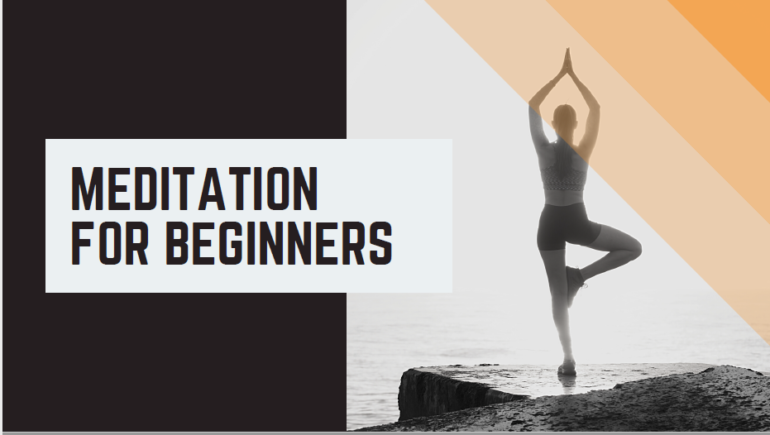What scares off people from making meditation part of their daily practice is the idea of not being any good at it. This belief stems from the assumption that meditation only involves sitting cross-legged on the floor while trying to think of nothing. In reality, that’s just a misunderstanding of just one form of meditation, when there are plenty of other methods to achieve a meditative state or, as some people call it, gnosis.
Eastern traditions would most likely define meditation as having discipline over the mind. Many people assume that means silencing their inner voice, which might be possible if you’re dead, but the goal is a constant awareness of the present moment—confused yet? Let’s try an exercise. Try to describe what the inside of your hand feels like, and be sure to give it a few minutes. Does it feel warm or maybe cramped and perhaps even moist? There aren’t any wrong answers, but the purpose of the exercise is to help you to focus your awareness on a part of your body or rather even a part of yourself that you often ignore. Meditation can now be defined in simple terms: being aware of your thoughts, feelings, and what your surroundings do to you.
Now that we understand meditation, we can clear up this sitting down, empty mind stuff. Perhaps there are those out there who can achieve some form of silence. However, when I participated in a weeklong silent retreat at a Zen Temple, I was only ever told to be aware of my breath. Should an unrelated though interrupt that focus, I was instructed to let it float away as if it were a butterfly merely passing through. After doing that for perhaps an hour or so, I quickly lost awareness of time; we would all then get up to shake off our pins and needles to then perform walking meditation. This form of meditation involved first taking slow, careful steps around the temple floor, all while being mindful of every step in relation to the people in front or behind us. Then we’d speed up and keep pace with each other around the room before sitting down once more. Here we have three very different takes on meditation, with all of them having the common denominator of being focused on what we’re doing.
You don’t want to be confined to a Zen Temple or a comfy spot in your apartment? That’s fine; a bike ride will do the job all the same. I particularly like to ride through the streets of New York, where one must be constantly aware of your surroundings due to the hectic and often dangerous amounts of traffic. I have to both consciously and subconsciously react to every factor thrown my way or else I’ll be attached to the grill of a BMW. My example is probably the most practical application of meditation there is, and it applies to any activity throughout your day. The benefits will be reduced anxiety about the future and a kind of control over what thoughts you allow into your head.



